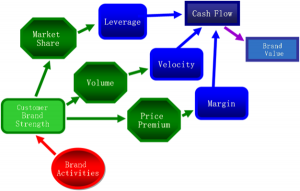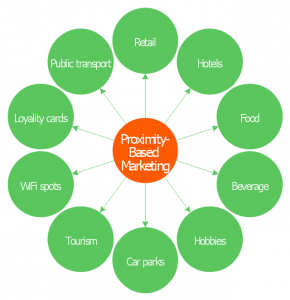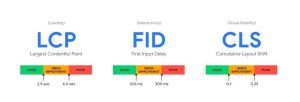by Mark Klein, September 29, 2014,
As email marketers, we are regularly exhorted to make our communications more relevant. Avoid spray-and-pray, we’re told, and watch response rates rise. However, most companies don’t know how to send unique, personalized offers to each customer, even though today it is much easier than they suspect. Instead, most companies fall back to a divide-and-conquer strategy commonly called market segmentation.
Segmentation means dividing a customer population into subsets of consumers with common behaviors or characteristics or priorities and then making offers to each subset that you believe will be appropriate and attractive to the customers in that subset. For example, parents with newborns are offered diapers, while seniors are pitched Depends.
The methodologies for dividing the customer population fall into a few broad categories:
- Geographic—pick your granularity, from neighborhoods to nations.
- Demographic—by age, gender, income, occupation, education, etc.
- Psychographic (or Lifestyle)—activities, interests, opinions.
- Behavioral analytics—based on purchase and usage behaviors.
Criteria
For a segmentation scheme to work effectively, it has to meet certain criteria. The variables used for the segmentation need to be easy to measure, and the resulting subsets must respond consistently to market stimuli. That means that customers in the same subset should have the same preferences, while customers in different subsets should have different preferences. That sounds simple and obvious, but in practice it can be hard to do.
Done properly, there is a lot to like about segmentation. It almost always produces higher response rates than the spray-and-pray, send-everyone-the-same-pitch approach. If you have or can buy the necessary demographic data, and using that data makes sense in your market, it’s fairly easy to divide your customers into demographically homogeneous segments.
The biggest benefit is probably a new ability to message by segment. You can offer different discounts to different segments, contact them at different rates, perhaps even use different media. Depending on how you divide your customer population, the variables you use can drive the messages you send. Obvious examples should come to mind if you segment by age or gender or activities. If you are selling sports equipment, the messaging and offers for cyclists are different than those for golfers.
What’s wrong with segmentation?
Unfortunately, there are also many shortcomings associated with segmentation. Sometimes, divide and conquer neither divides nor conquers. Let’s start with the fundamental assumption behind segmentation, that everyone with segmentation characteristic X will respond to a market stimulus by doing Y. Just because your income level or Zip code is the same as your neighbor doesn’t mean you will buy the same items, or be ready to purchase at the same time.
Consider cross-sell, the best way for a company to increase revenue. You need your customers to buy from new categories if your company is to grow. Cross-sell, however, is hard to do. Typical direct-marketing response rates for cross-sell campaigns are less than 1%, so many companies throw up their hands and concentrate on customer acquisition instead — something they are more used to doing.
The reason cross-sell is difficult is that it requires a company to offer customers products that are of interest to them that they’ve never purchased before, which in turn requires customer analytics at the individual customer-product level. Trying to discern what to offer based on geographic, demographic, or psychographic segmentation schemes is never going to work, because the variables used in those types of segmentations are not product-related.
Behavioral segmentation comes closer
Behavioral segmentation usually means doing logistic regression analysis. The number of regressions needed is proportional to the number of product categories or sub-categories your company sells, so this technique does not scale well and becomes really difficult to apply when there is a wide assortment of products. Worse, regression techniques drive every customer to a common mean, minimizing the individual differences so important to making effective cross-sell predictions.
The most commonly used behavioral segmentation scheme is RFM (Recency-Frequency-Monetary value). It’s simple to calculate and use, better than spray-and-pray, but close to worthless for cross-sell because there is no product information in the scoring.
The happy median
Rather than forcing customers into the stereotypes of the segment descriptions, a better way to achieve the relevance that underlies an effective email campaign is to analyze your customer population at the individual customer account level, not at the segment level. An individual’s desires and priorities may be similar to but can be quite different from the mean or median values for the segment to which they belong.
Individualized offers, unique to every customer’s desires and priorities, are now possible with today’s analytics techniques. Variable data publishing, for both email and print, is widely available to get your offers in front of your customers.
While segmentation isn’t the best way to identify relevant product offers for each customer, it is still useful in messaging. Automation can create a million unique product offer combinations for your million unique customers, but developing that many unique messages is not feasible. However you can create relevant messages for a limited number of segments. Use your segment descriptions and characteristics to make segment-appropriate messages. For the best of both approaches, make product offers based on both individual customer propensities and on the customer’s segment.
(344)
Report Post





